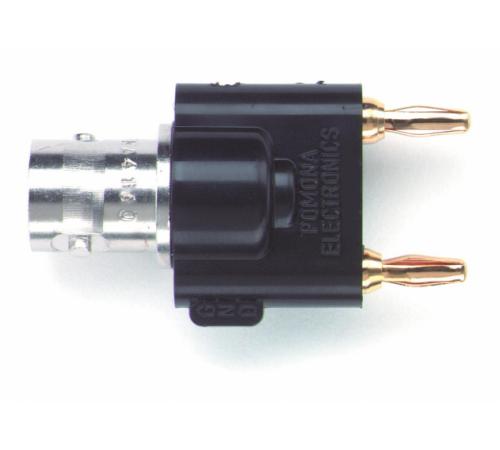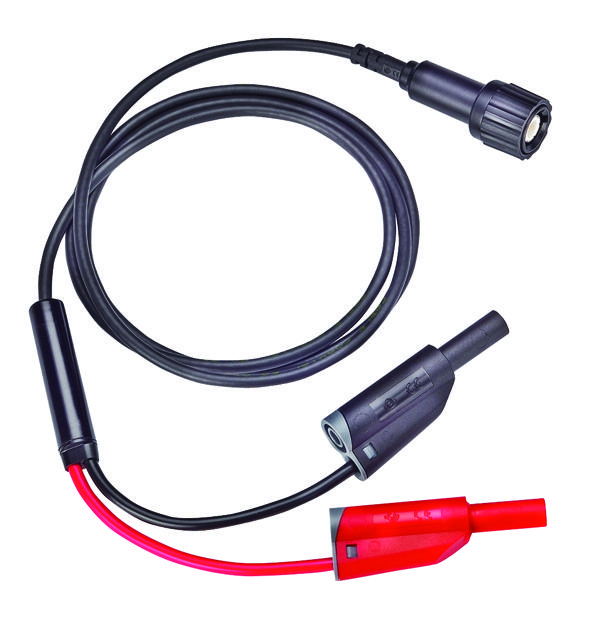
The length of the bump is typically 1⁄ 2 inch, where the female pin flares to fit over the male pin.

A typical SO-239 UHF female, properly hooded, has an impedance bump of about 35 ohms. Virtually all of the impedance bump and loss is in the UHF female. ĭespite the name, the UHF connector is rarely used in commercial applications for today's UHF frequencies, as the non-constant surge impedance creates measurable electrical signal reflections above 100 MHz. For this reason, UHF connectors are generally usable through HF and the lower portion of what is now known as the VHF frequency range. UHF connectors have a non-constant surge impedance. Similar connectors (M connectors) with an incompatible 16 mm diameter, 1 mm metric thread have been produced, but these are not standard UHF connectors by definition. ( April 2018) ( Learn how and when to remove this template message)īy design, all connectors in the UHF connector family mate using the 5⁄ 8 inch 24 tpi threaded shell for the shield connection and an approximately 0.156 inch-diameter (4 mm) pin and socket for the inner conductor. Unsourced material may be challenged and removed. Please help improve this article by adding citations to reliable sources in this section.

This section needs additional citations for verification. The designations come from the Joint Electronics Type Designation System, its predecessor AN system, and the earlier SCR (Set, Complete, Radio) system. In some countries, for example in Israel, the term 'PL connector' is confusingly associated rather with the analog phone connector. PL-259, SO-239, PL-258, and several other related military references refer to one specific mechanical design collectively known as the UHF Connector. A double-ended SO-239 connector is designated as an SO-238. These are also known as Navy type 4914 respectively. The most popular cable plug and corresponding chassis-mount socket carry the old Signal Corps nomenclatures PL-259 (plug) and SO-239 (socket). The coupling shell has a 5⁄ 8 inch 24 tpi UNEF standard thread. The connector reliably carries signals at frequencies up to 100 MHz.

Other testing reveals one UHF connector sample shows negligible effect on frequencies up to 435 MHz.

Testing reveals post WWII connectors designs, such as N connector and BNC connector are electrically superior to the 'UHF' connector for modern UHF frequencies. Unlike modern connector designs that replaced it, no active specification or standard exists to govern the mechanical and electrical characteristics of the so-called "UHF" connector system making it effectively a deprecated design with no guarantee for suitability to an electrical or mechanical purpose. Today, Ultra high frequency (UHF) instead refers to frequencies between 300 MHz and 3 GHz and the range of frequencies formerly known as UHF is now called " VHF". The design was named during an era when " UHF" meant frequencies over 30 MHz. The name "UHF" is a source of confusion, since the name of the connectors did not change when the frequency ranges were renamed. It is a widely used standard connector for HF transmission lines on full-sized radio equipment, with BNC connectors predominating for smaller, hand-held equipment. The connector design was invented in the 1930s for use in the radio industry, and is a shielded form of the " banana plug". The UHF connector is a name for a threaded RF connector. The fringe of braided shielding at the rear has not been completely trimmed away. "Classic" UHF connector with a soldered center pin.


 0 kommentar(er)
0 kommentar(er)
